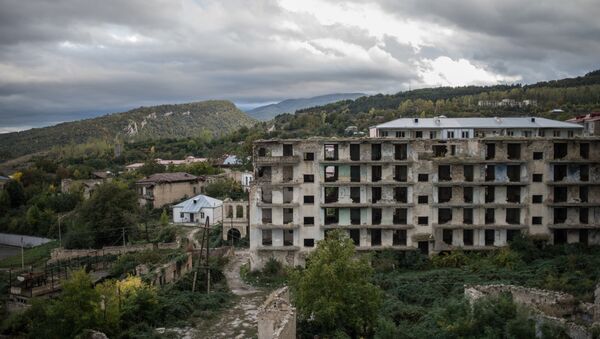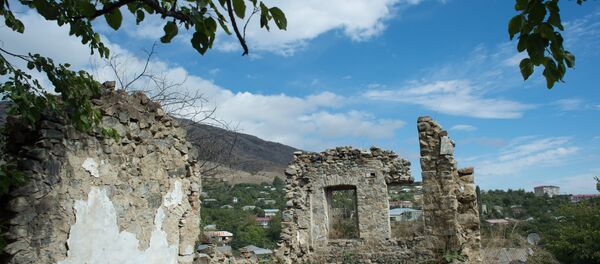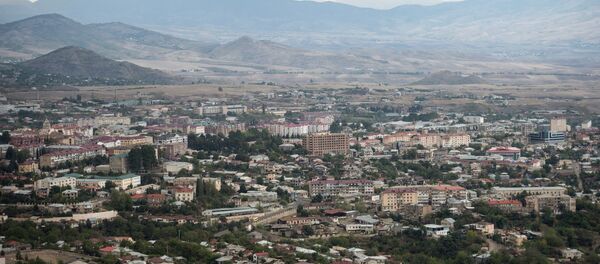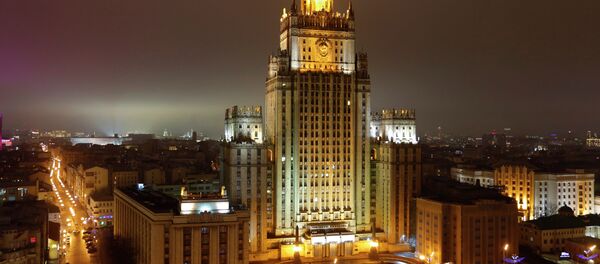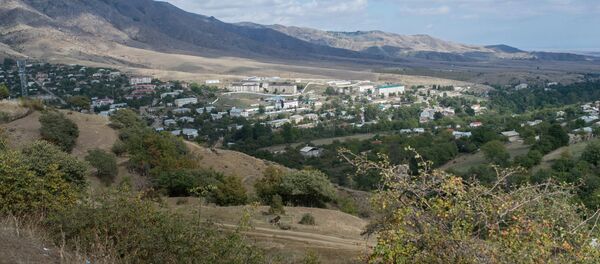The Azerbaijani Defense Ministry reported shelling and numerous ceasefire violations by the Armenian armed forces. In turn, Armenia reported offensive actions from the Azerbaijani side.
The conflict has its origins in the early 20th century, although the present conflict began in 1988. The region sough to secede from the Azerbaijan Soviet Socialist Republic, before proclaiming independence after the USSR collapsed in 1991. As the war progressed, both post-Soviet republics entangled themselves into a protracted war.
The enclave of Nagorno-Karabakh is a historic region in the Lesser Caucasus range, in Azerbaijan. The majority of its population is Armenians. As of January 2013, the population was 146,600 people.
In the early Middle Ages, Nagorno-Karabakh was part of Armenia, according to Armenian sources. Then, the majority of the country was occupied by Turkey and Persia. At the same time, Armenian princedoms (Melikdoms) in the region were partially independent. In the 17-18th centuries Artsakh princes spearheaded the fight for independence against Persia and Turkey.

According to Azerbaijani sources, Nagorno-Karabakh is one of the Azerbaijan’s ancient regions. The official version says that the name "Karabakh" originates from the 7th century and means the "black garden" in Azerbaijani. In the 16th century Karabakh was part of the Safavid Empire, and then became the independent Karabakh Khanate.
In 1813, Nagorno-Karabakh became part of the Russian Empire.
In May 1920, Soviet rule was established in the region. On July 7, 1923, the Nagorno-Karabakh Autonomous Region was established within the Azerbaijan SSR in 1923.
The Soviet government and Baku rejected the appeal which provoked protests among Armenians in Nagorno-Karabakh and Yerevan.
On September 2, 1991, a joint session in Nagorno-Karabakh declared the creation of the Nagorno-Karabakh Republic. On December 10, 1991, several days before the USSR collapsed, a referendum was held in the region and 99.89 percent voted for full independence of Nagorno-Karabakh from Azerbaijan.
According to different estimates, both sides to the conflict lost up to 25,000 people killed. Another 25,000 were injured. Hundreds of thousands of people were displaced. Over 4,000 people were unaccounted for.
As a result, Azerbaijan partially lost control over Nagorno-Karabakh and fully or partially over its neighboring areas.
On May 5, 1994, representatives of Armenia, Azerbaijan as well as the Armenian and Azerbaijani communities of Nagorno-Karabakh, brokered by Russia and Kyrgyzstan, signed a protocol, urging to cease fire on May 9. This document has been known as the Bishkek Protocol. It came into effect on May 12, 1994.
The negotiating process began in 1991. Since 1992, peace talks have been held within the Minsk Group of the OSCE to settle the crisis. The Minsk group is co-headed by the US, France and Russia. It also comprises Armenia, Azerbaijan, Belarus, Germany, Italy, Sweden, Finland and Turkey.
Since 1999, regular bilateral and trilateral meetings have been held between the leaders of Armenia and Azerbaijan. The first meeting between Ilham Aliyev and Serzh Sargsyan took place on December 19, 2015 in Bern, Switzerland.
Despite the talks being confidential, it is known that they are based on the so-called Madrid principles passed by the Minsk group to the sides of the conflict on January 15, 2010. For the first time, they were presented on November 2007 in the Spanish capital.
In 2015, political dialogue in the region was hampered, after tensions grew and the number of victims, especially among civilians, rose.
An Azerbaijani source close to the situation told Gazeta.ru that the current clashes in the region are different. Border skirmishes have been usual for Nagorno-Karabakh despite the ceasefire. According the source, now the clashes are large-scale, and a state of emergency has been declared in Azerbaijani security services.

Analysts made several assumptions on what could have fueled the escalation in the region.
First of all, the tensions in Nagorno-Karabakh may have been fueled by Azerbaijan, after the row escalated between Moscow and Ankara. The spat broke out after a Turkish jet downed a Russian Su-24 bomber involved in the military operation in Syria.
"Turkey is the closest ally of Azerbaijan. Their relations have grown stronger after ties between Moscow and Ankara deteriorated. The normalization between Russia and Turkey would not be in the interests of Baku," Viktor Nadein-Raevskiy, a senior fellow at the Russian Academy of Sciences, said.
According to him, there are still no signs of a thaw between Moscow and Ankara, but Baku may have taken into account the latest developments over the Turkish-Russian row.
At the same time, Sergei Minasyan, a political analyst at the Yerevan-based Institute for Caucasus, underscored that further escalation of the conflict would only harm the interests of Baku which needs money from the West.
"Azerbaijan doesn’t want Nagorno-Karabakh to be independent. The current escalation may be provoked by Turkey’s growing role in the Syrian conflict. In this situation, Baku may have decided to expand its influence in the region," historian Vladimir Stupishin told RT.

